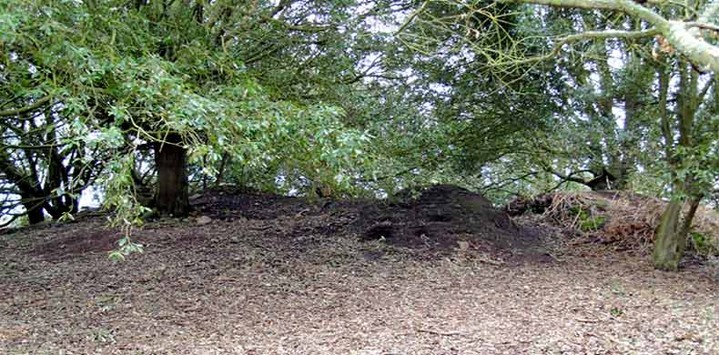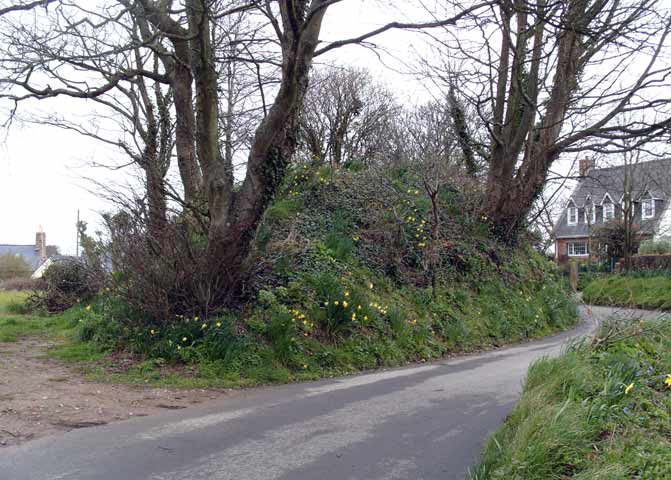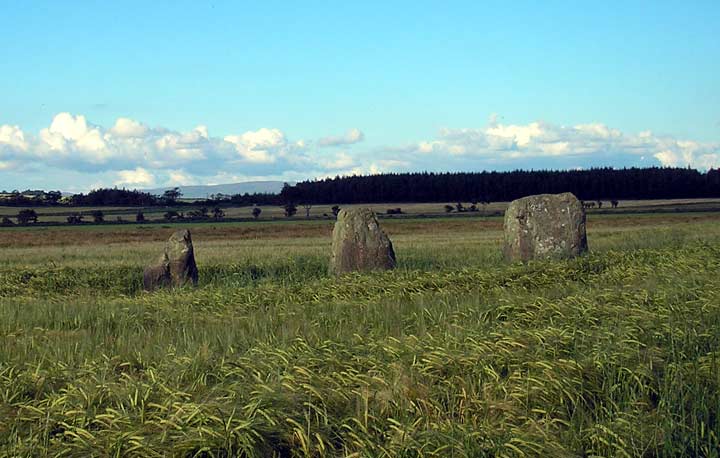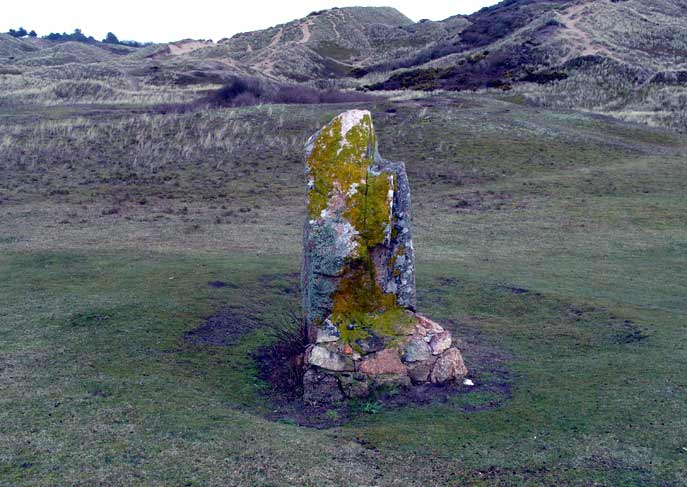

The standing stone at Qala from the street

It’s eleven feet tall

Massive steel structures spanning the Mnajdra temples which will shortly be used to hold up a roof to protect the stones from the elements

Le Pinnacle

Looking down onto the area immediately in front of Le Pinnacle.
There’s Neolithic and Bronze Age stonework and a Roman temple here.

Bronze Age wall

Detail from the noticeboard at the nearest car park at Les Landes.

Dr Paul Garwood of Birmingham University standing in a trench dug over the line of the palisade. At this point geofiz showed an apparent junction. A small chalk figure of a pig was found here.

Excavation of a C shaped enclosure’s ditch. Bone, flints and middle Bronze Age pottery have been recovered.

The stone re-discovered in 2005 by dowsers

Gordon Roberts, who, in 1989, first realised the significance of the animal and human prints which appear on the foreshore at Formby Point and has been studying them ever since, points out a set of prehistoric human footprints to a group of people on a guided walk on the beach.

The Solstice Moon and Jupiter 03:30am

My first view of the circle as I approached through the wood from the south east

Outside the circle. The bank from the south

Inside the circle looking north west

Inside the circle looking south east at stones facing the bank.

Looking south west

Looking north

Looking south

The cist-in-circle from the east

The cist-in-circle from the north

The cist relocated to La Hougue Bie

The noticeboard at the site

The notice accompanying the cist relocated to La Hougue Bie

The noticeboard in the car parks serving this area of sand dunes

The site from the north with the cist-in-circle in the foreground and the allee couverte behind

The site from the south east

The site from the south west




















